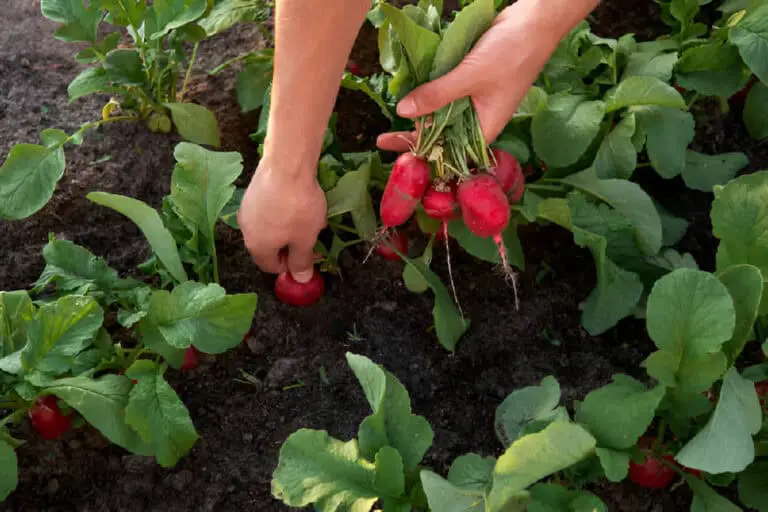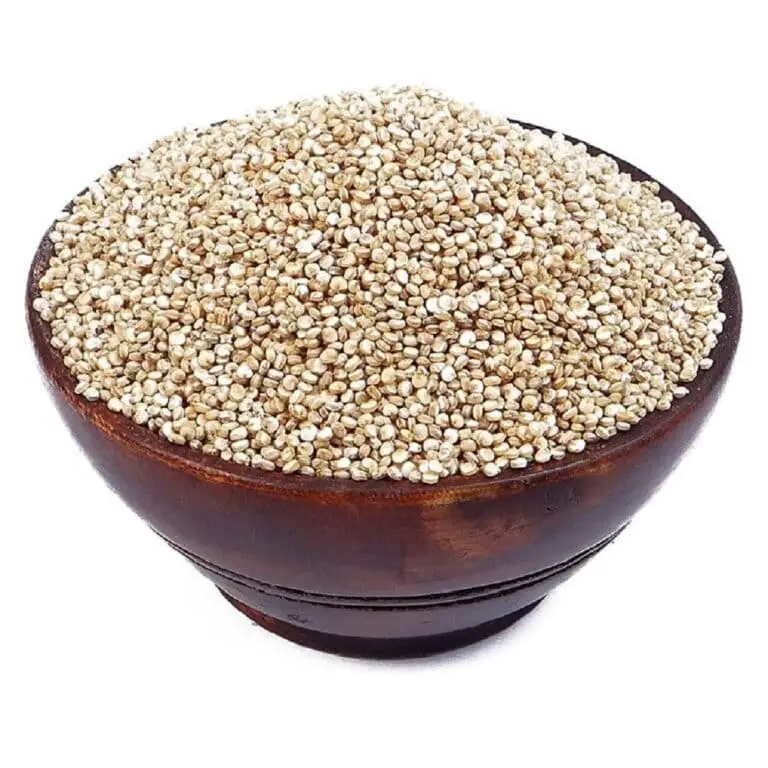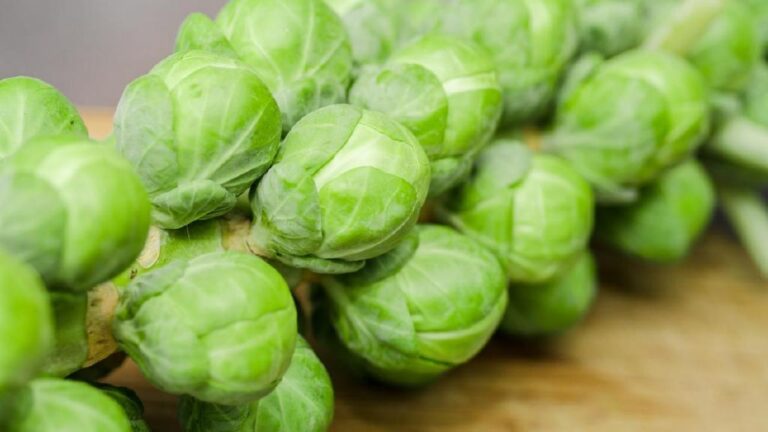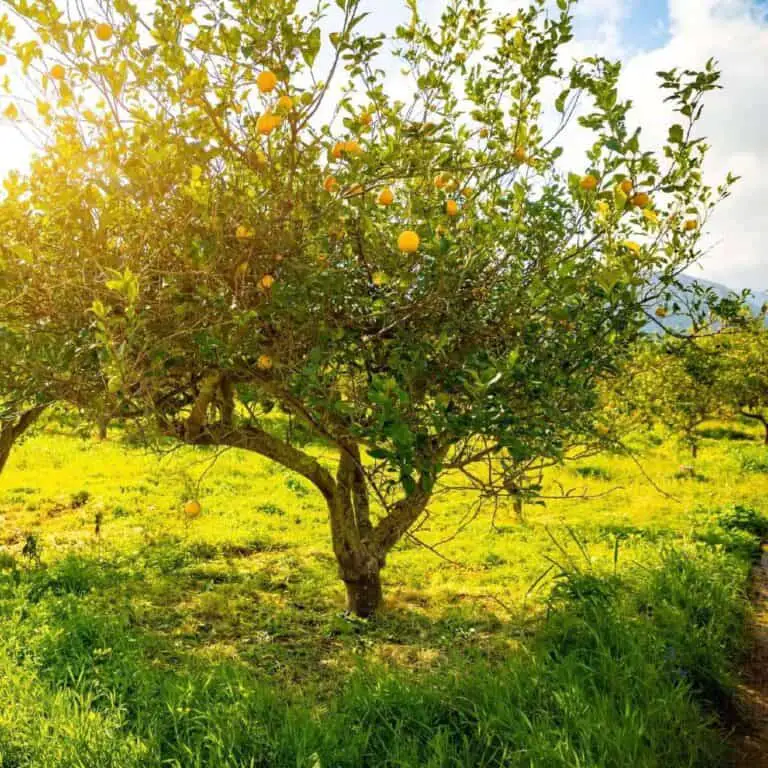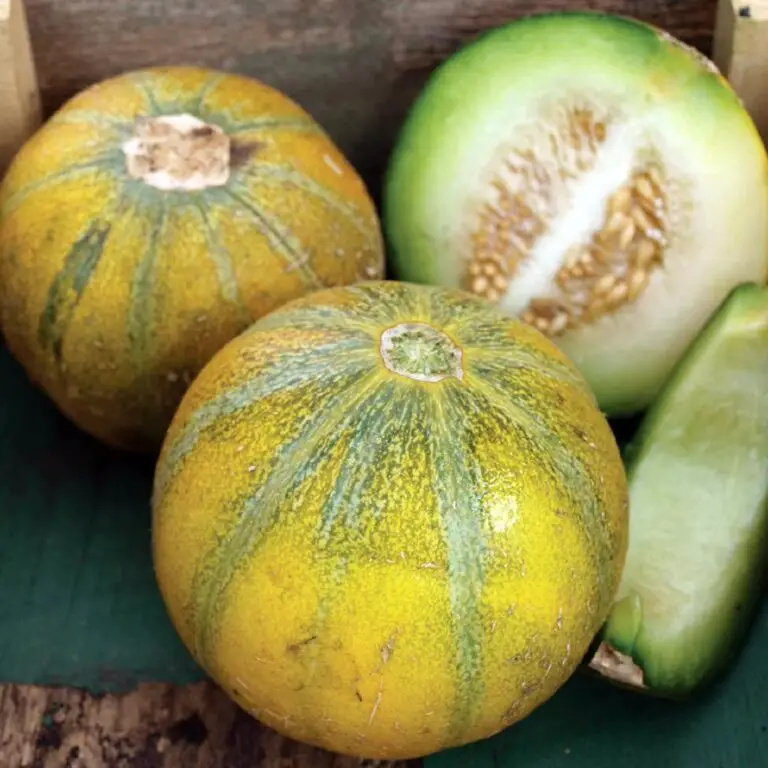Where Do Artichokes Grow? Best Place and Condition to Plant
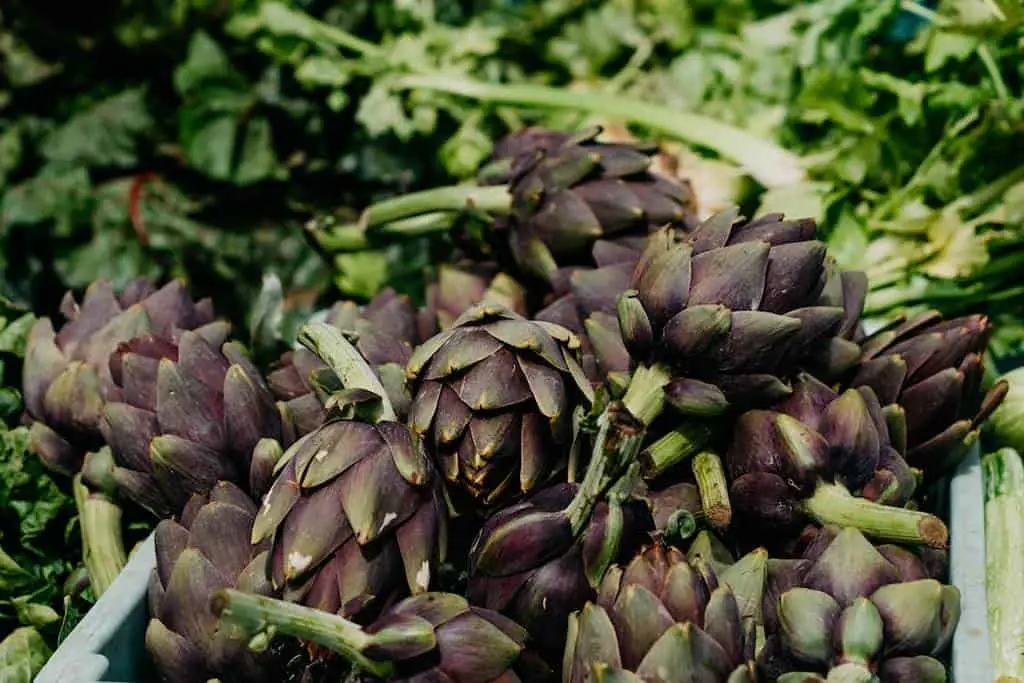
If you’re looking to add artichokes to your home garden, you may be wondering where they grow best. Artichokes can be a bit finicky to grow, but with the right conditions, they can thrive in many different climates.
If you’re thinking of growing artichokes, you’ll be pleased to know that they’re not only beautiful, but also delicious and relatively easy to care for.
So, where do artichokes grow best? The ideal conditions for artichokes are full sun and well-drained soil. They’re relatively easy to grow and can be started from seed, transplants, or crowns. With proper care, artichokes will produce for 3 to 5 years.
In this article, you will learn about growing and caring for artichokes. In addition to that, you will know many varieties of artichokes and what to choose.
What are Artichokes?
Artichokes are a member of the thistle family (Compositae or Asteraceae). They are in the same family as the sunflower and daisy.
There are many different varieties of artichokes, but the two most common are the globe artichoke and the Jerusalem artichoke. Globe artichokes are the type most often found in supermarkets. Both types of artichokes can be eaten raw or cooked.
The artichoke’s flower bud is the only part that can be eaten. The bud is actually the flower of the plant before it blooms. When raw, artichokes have a crisp texture and a slightly bitter taste. When cooked, they become tender and take on a nutty flavor.
Artichokes can grow in a vegetable garden and are a perennial plant, meaning they grow back every year.
Artichokes Etymology and Origin
The word artichoke comes from the Arabic al-kharshūf. This is derived from the Greek word for thorny, kharaktēr. The English word for artichoke was first recorded in about 1360. Artichokes were introduced to England and France in the 16th century by Catherine de Medici of Florence.
The vegetable was known in Italy as early as the 14th century. The artichokes were grown in Sicily by the ancient Greeks, who called them kaktos. At that time, the Greeks consumed the flower heads and leaves of the plant, both of which had been modified from their wild form via cultivation. The Ancient Greeks and Romans ate artichokes, and they are still eaten today.
The artichoke is a cultivated cultivar of the Mediterranean wild cardoon (Cynara cardunculus). Some people thought that the artichoke was a food for the ancient Greeks and Romans, while others thought that it was a later cultivar. Classical sources instead talked about the wild cardoon.
Artichokes Varieties
There are many different varieties of artichokes, each with their own unique flavor and texture. Whatever your preference, there is sure to be an artichoke variety that you will enjoy!
Green Globe Artichoke
There are many different types of artichoke plants, but the Green Globe Artichoke is one of the most popular. This type of artichoke is known for its large, globe-shaped flowers.
The Green Globe Artichoke is a perennial plant, which means it will come back year after year. It is native to the Mediterranean region and has been grown in Europe for centuries.
The Green Globe Artichoke is easy to grow. It can be grown in most climates, and will thrive in both full sun and partial shade. The plant can reach a height of up to six feet, and the flowers can be up to eight inches across. The flowers are usually a deep green color, but they can also be purple or white.
Big Heart Artichoke
Its leaves are not as deeply cut and its hearts are smaller than other varieties. It is more resistant to pests and diseases that might damage this delicate plant. It is also less susceptible to sunburn and frost damage.
The Big Heart Artichoke’s leaves are marked with a bluish-purple color on the outside and green on the inside. The plant reaches about 3 1/2 feet tall and has an upright habit of growth. The stem of this artichoke heart is yellowish green, and its flowers are white.
This plant is a hybrid variety and will not produce seeds.
Violetta Artichoke
The Violet Artichoke, also known as the Violetta Artichoke, is a variety of artichoke plant that is native to Italy. The Violet Artichoke has been cultivated since the 16th century and was introduced to North America in the late 19th century.
Violetta Artichokes are a heavy producer of side buds and an heirloom variety from Italy. They have an attractive, deep purple color and can grow up to 6 inches in diameter.
They are perennial plants, meaning they will come back year after year, but they are not frost tolerant, so they need to be planted in an area where the temperature does not go below freezing.
Jerusalem Artichoke
The Jerusalem artichoke is a member of the sunflower family and its scientific name is Helianthus tuberosus. The plant grows to be about four feet tall and has large, dark green leaves. The flowers are yellow, and blooming usually occurs in late summer.
These plants, which grow from around 5 feet to over 9 feet tall with blooms that resemble bright yellow sunflowers, are very different from true artichokes. The edible tuber part is around 3–4 inches in length and has a ginger-like appearance.
The Jerusalem artichoke is propagated by its tubers, which are thick, fleshy roots that can be up to eight inches long.
Where Do Artichokes Grow?
Artichokes grow in warm climates, such as California, Italy, and Spain. Today, California produces over 80% of the artichokes grown in the US.
The artichoke may be cultivated in practically all US growing zones, despite the fact that it is not traditionally a very popular plant in the US. Growing zones for artichokes span from Zones 3 to 11. Perennial artichokes find the best places to grow and thrive in Zones 7 to 11.
They prefer full sun but will also do well in partial shade. Artichokes may still be grown by gardeners in colder climates, but only as annual crops.
How to Grow and Care for Artichokes in Your Garden
Soil Preparation
Antichokes are also relatively easy to grow, as long as you prepare the soil correctly. Artichokes are heavy feeders, and you must prepare the right soil for them. A moist, well-drained soil is their requirement.
Before planting, make sure your soil has enough organic matter and is of the right texture. A mix of manure and compost will do the trick. You can also add some sand to improve drainage if needed.
If you don’t have a large enough area for planting, consider growing your artichokes in pots. Just make sure the soil used is well-drained.
Work the soil until it is loose and easy to dig. Then, you’re ready to plant your artichokes! at the same time . Artichokes are very hardy, but they appreciate some protection from the cold. It’s best to plant artichokes in the spring, as long as you have well-drained soil.
Plant Your Artichokes
Artichokes are usually started from transplants, but it is possible to grow them from seed. The seeds must be fresh – they won’t germinate if they’re more than a year old – and should be sown in late winter or early spring.
Start by planting the seeds in soil that is moist but well-drained. You can plant them indoors or outdoors, but if you start them indoors, be sure to harden them off before transferring them to the garden.
In as little as 60 days, you can have seedlings ready to transplant to your garden. Once the seeds have germinated and the seedlings are about 4 inches tall, they can be transferred to the garden. In order to give them room to grow, be sure to space them around 18 inches apart.
| While artichokes can be started from seed, it’s easier to purchase young plants from a nursery or garden center. Plant them in early spring, spacing them about 18 inches apart. Artichokes need full sun and well-drained soil. |
Regular Watering
Watering is one of the most important aspects of growing artichokes. Without proper watering, artichokes will not thrive.
The key to watering artichokes is to keep the soil evenly moist, but not soggy. Water early in the day to allow the plants to dry before nightfall. If the leaves start to yellow or wilt, that is a sign that the plant is not getting enough water.
Give your artichokes a deep watering about once a week, and make sure to check the soil regularly to ensure that it is not too dry or too wet.
Water the plants regularly, especially during dry periods. Artichokes require a lot of water, so be sure to keep an eye on them and give them extra water when needed.
Fertilizer
If you’re interested in growing artichokes, you’ll need to know a thing or two about fertilizer. Fertilizer is important for any plant, but it’s especially important for artichokes. Here’s what you need to know about growing artichokes and fertilizer.
Artichokes are a bit of a high maintenance crop, and they require a lot of nutrients to grow well. This means that you’ll need to use fertilizer regularly when growing artichokes. It’s best to use a balanced fertilizer that contains both nitrogen and phosphorus.
You should apply fertilizer to your artichoke plants every few weeks during the growing season. Be sure to follow the directions on the fertilizer label so that you don’t apply too much or too little. Too much fertilizer can burn your plants, while too little won’t provide the nutrients they need to grow well.
Mulching
When growing artichokes, mulching them thoroughly is one of the most crucial considerations. A thick layer of mulch will help keep the roots cool and moist, which is essential for these plants. It will also help suppress weeds and protect the plants from insect pests. Be sure to use an organic mulch such as straw or bark chips.
Pruning
One important aspect of growing artichokes is pruning. Pruning not only keeps the plant healthy but also encourages new growth.
To properly prune an artichoke plant, start by trimming off any dead or dying leaves. Cut back any long stems, and remove any flower buds that have already bloomed. Once the plant is trimmed back, it will be easier to see the new growth that needs to be encouraged.
To encourage new growth, cut back the main stem by about one-third. This will stimulate the production of side shoots, which will produce more artichokes in the future.
Harvesting, Storing, and Eating Artichokes
The best time to harvest artichokes is when the leaves are tender and the buds are just beginning to open. Here are some tips on how to harvest artichokes:
- Cut artichokes at the base of the plant using a sharp knife or pruning shears.
- Harvest in the morning, after the dew has evaporated but before it gets too hot.
- Be sure to wear gloves, as artichokes can prick your skin.
- Gently twist each artichoke off of the plant.
- Rinse the artichokes in cool water and trim off any brown tips from the leaves.
- If you are going to eat the artichokes right away, you can store them in your refrigerator. If you are planning on storing them for a few days or more, use a solution of water and salt.
- If you plan on storing the artichokes for a few days or more, be sure to change the water and salt solution every other day.
- To eat your artichoke, you will need to remove all of the leaves off of the plant until you get down to the heart. You can eat the leaves or use them in a recipe. You can also use the heart as a garnish.
- When you are ready to eat the heart, cut it open and scrape out all of the fuzzy choke.
- You can then dip the heart in melted butter or a sauce.
Enjoy!
Should you Grow Artichoke Seeds or Plants?
If you’re wondering whether you should grow artichoke seeds or plants, there are a few things to consider.
- Artichokes are a bit finicky when it comes to germination, so unless you’re experienced with starting seeds, it’s probably best to buy plants.
- Second, artichokes take up a fair amount of space, so make sure you have room in your garden before you get started.
- And finally, artichokes require patience – they can take up to two years to produce fruit. But if you’re willing to put in the time and effort, growing your own artichokes can be immensely rewarding.
Where Do Artichokes Grow? Best Place and Condition to Plant: Conclusions
Artichokes are a type of thistle that grows in warm climates. They can be found in the Mediterranean, Africa, and the Americas. The best place to plant artichokes is in an area with full sun and well-drained soil.
In areas with mild winters, artichokes can be planted as early as September. In areas with cold winters, artichoke planting should be delayed until March or April. Artichokes will produce their first crop the following spring or summer, depending on when they are planted.

